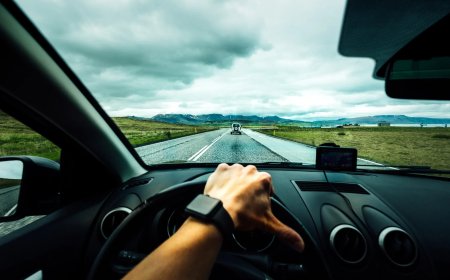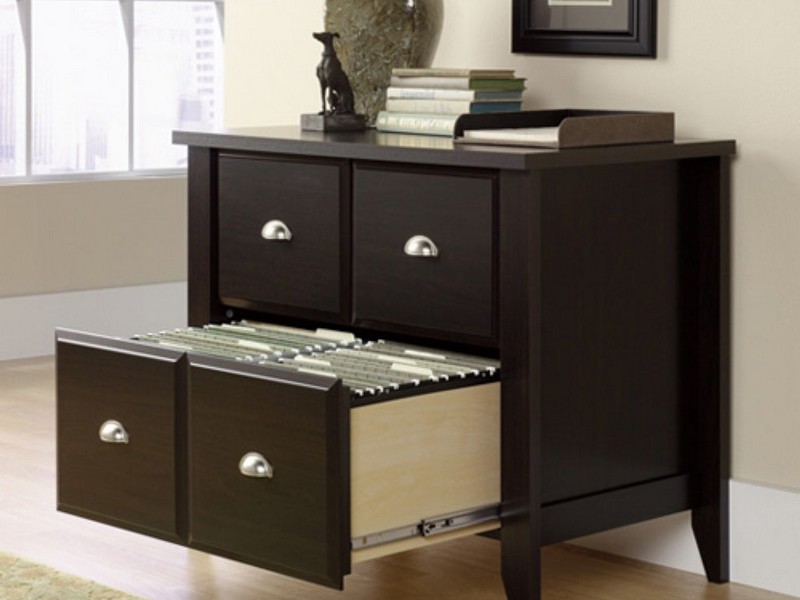Cheapest Way to Feed Bees: A Step-by-Step Guide for Beginners

Getting started in beekeeping is exciting, but expenses can quickly add up. From hives and tools to safety gear, the initial costs may feel overwhelming. Fortunately, feeding your bees doesnt have to be another major expense. In this step-by-step guide, well explore thecheapest ways to feed beeswithout compromising their health or your safety. Whether you're new to beekeeping or managing a budget apiary, this guide offers smart, low-cost solutions to keep your bees thriving.
Why Feeding Bees Doesnt Have to Be Expensive
Feeding bees is a vital part ofbeginner beekeeping, especially during times when natural nectar sources are scarce. While there are many commercial products available, most new beekeepers can stick to simple, homemade solutions that are equally effective.
Before we dive into feeding techniques, its important to invest inthebest bee suits for beginners. Protective clothing ensures you can tend to your hives safelyeven when feeding. Affordable options exist that dont compromise on safety or comfort.
When and Why Bees Need to Be Fed
Knowingwhen to feed your beesis as crucial as knowing how. Supplemental feeding becomes essential during:
-
Early spring, when nectar sources havent bloomed yet
-
Late fall, when natural forage starts to disappear
-
Droughts or nectar dearths, which leave bees without adequate food
Feeding helps new colonies build strength, supports brood rearing, and ensures bees have the energy to survive harsh conditions. Budget-conscious beekeepers can save money by planning ahead and recognizing these feeding windows.
Beekeeper Safety Gear: A Smart Investment for Beginners
Even though you're aiming tocut costs, never skimp onprotective gear. Bees may become defensive during feeding, especially if resources are scarce. Thebest bee suits for beginnerscombine:
-
Full-body coverage
-
Lightweight and ventilated fabricfor comfort
-
Durable stitchingand secure zippers
Affordable suits, beekeeping gloves, andbeekeeping veilsare widely available, helping you stay safe while maintaining your hive.
Most Affordable Feeding Options for Bees
The goal is to meet your bees' nutritional needs without spending unnecessarily. Here are themost affordable bee feeding methods:
1.Sugar Water for Bees
This is the most common and cheapest feeding solution. You can make it at home with basic white granulated sugar and clean water.
-
Spring Ratio: 1 part sugar to 1 part water (1:1)
-
Fall Ratio: 2 parts sugar to 1 part water (2:1)
Avoid using brown sugar, molasses, or anything with additives, as they can harm your bees.
2.Pollen Substitutes
While fresh pollen is best,pollen substitutes for beescan be made at home or bought inexpensively.
-
DIY options include a mix of soy flour, brewers yeast, and sugar syrup.
-
Store-bought patties are convenient but cost more.
Substitutes supportbrood developmentand colony strength during pollen shortages.
Step-by-Step: Cheapest Way to Feed Bees
Heres your complete, beginner-friendly guide to feeding bees without breaking the bank:
Step 1: Choose Your Feeding Method
Opt for low-cost feeding tools:
-
Plastic entrance feeders
-
Ziplock bag feeders
-
Mason jar feeders
These are easy to assemble and budget-friendly.
Step 2: Prepare Sugar Syrup at Home
Boil water and stir in granulated sugar at the correct ratio. Let it cool before use. Store extra syrup in clean containers to avoid waste.
Step 3: Add Pollen Substitute (Optional)
If you notice a lack of pollen or weak brood development, apply a small amount of homemade pollen patty inside the hive.
Step 4: Gear Up with Protective Clothing
Even in budget feeding routines, safety comes first. Wear thebest bee suit for beginners, especially if youre feeding during cooler or more stressful times for bees.
Step 5: Install the Feeder
Gently open the hive and place the feeder. Try to do this mid-day when most bees are out foraging to minimize disruption.
DIY Bee Feeders: Budget-Friendly and Effective
You can save even more bybuilding your own bee feeders. Here are a few options:
Ziplock Bag Feeder
-
Fill a quart-sized bag with sugar syrup.
-
Lay it on the top bars inside the hive.
-
Cut small slits so bees can access the syrup.
Jar Feeder
-
Use a mason jar with a perforated lid.
-
Fill with syrup and place it upside down in a feeder ring or over the inner cover hole.
DIY feeders are not only inexpensive but also let you repurpose materials, promotinglow-cost beekeepingpractices.
Feeding Bees in Winter: Cost-Saving Solutions
Winter feeding requires a different approach to avoid freezing and moisture issues. Affordable winter methods include:
-
Dry sugar feeding(mountain camp method)
-
Homemade candy boards
-
Fondant blocks
Avoid liquids during freezing temperatures. Insulate hives and reduce ventilation to maintain internal warmth and humidity.
Maintaining Bee Health on a Budget
Cheap doesnt mean careless. Here are budget-friendly tips to keep your colonies healthy:
-
Useclean waterand uncontaminated sugar for syrup.
-
Only feed when necessary to prevent robbing or dependency.
-
Use feeding to supplementnot replacenatural forage by planting bee-friendly flowers.
Remember, a well-fed bee is a productive beeand productivity saves you money in the long run.
Common Mistakes to Avoid When Feeding Bees
Even with good intentions, beginner beekeepers can make costly errors. Heres what to avoid:
-
Using the wrong type of sugar
-
Feeding too late in the evening(which attracts robbers)
-
Overfeedingin the wrong season
-
Skipping protective clothingeven experienced beekeepers get stung
Investing insafe and affordable beekeeping gear, like thebest bee suits for beginners, is non-negotiable. Your safety enables consistency, which supports your hives success.
Final Thoughts
Feeding bees on a budget is entirely possible with a bit of planning and creativity. By usinghomemade sugar syrup,DIY feeders, andcareful timing, you can maintain strong hives without straining your wallet. And rememberthe best bee suits for beginnersare an investment in safety, not a luxury.







































